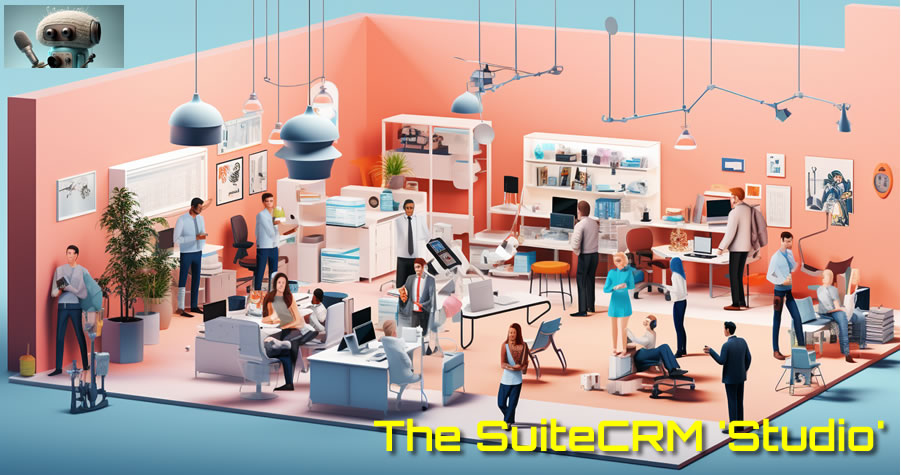It is crucial to implement a well-structured follow-up process to convert leads into customers and, more importantly, maintain lasting relationships with existing clients. A multi-step follow-up strategy, powered by a robust Customer Relationship Management (CRM) platform like SuiteCRM, can significantly enhance customer engagement and foster loyalty.

The Value of a Multi-Step Follow-Up Process
A multi-step follow-up process is a series of strategically planned interactions with leads and customers, designed to guide them through the buyer’s journey and beyond. Here’s why it is so crucial:
- Nurturing Leads: A well-orchestrated follow-up process ensures that leads receive timely and relevant information, gradually building trust and interest in your products or services.
- Maximizing Conversion Rates: Consistent follow-ups increase the chances of converting leads into paying customers, as it keeps your business at the forefront of their minds.
- Customer Retention: Maintaining communication after a purchase is equally vital. A multi-step follow-up process nurtures customer relationships, reducing churn and increasing repeat business.
SuiteCRM’s Workflow Automation: Nurturing Leads, Engaging Customers
SuiteCRM’s Workflow Automation feature allows businesses to create intricate and automated follow-up processes. Let’s explore how this powerful tool can manage the entire journey of a lead, from initial contact to becoming a loyal customer:
- Welcome Email (Day 1): When a lead is captured in SuiteCRM, the workflow can automatically trigger a welcome email, acknowledging their interest and initiating the relationship.
- Follow-Up Call Task (Day 2): On day 2, SuiteCRM can automatically allocate a follow-up call task to a designated salesperson, ensuring no lead falls through the cracks.
- Follow-Up Email (Day 4): If the lead remains unresponsive, the workflow can automatically send a follow-up email, reminding them of the value your business offers.
- Customer Conversion (Day 7): If the lead converts into a customer, SuiteCRM can categorize them accordingly and trigger a personalized email with exclusive offers or a thank-you message.
Staying in Touch and Cultivating Loyalty
SuiteCRM’s workflow automation extends beyond lead nurturing. For existing customers, the CRM can schedule regular check-ins, courtesy calls, or automated emails featuring relevant content and promotions. This consistent communication fosters customer loyalty and strengthens the bond between your business and its clients.
The Power of Automation vs. Manual Systems
A manual follow-up process, reliant on spreadsheets or paper-based rolodexes, is time-consuming and prone to human error. On the other hand, SuiteCRM’s workflow automation empowers businesses to efficiently manage leads and customers on a large scale. It eliminates the risk of missed opportunities, ensuring that each interaction is timely, personalized, and effective.
Segmentation and Targeted Campaigns
SuiteCRM workflows can determine the status of a lead or customer by checking specific status fields. Based on this information, the CRM can automatically allocate the lead to a particular marketing campaign and take relevant actions. This level of segmentation ensures that communications are tailored to each lead or customer’s specific needs and preferences.
A multi-step follow-up process is an indispensable strategy for businesses looking to nurture leads, boost conversion rates, and cultivate lasting customer loyalty. SuiteCRM’s workflow automation takes this strategy to new heights by effortlessly managing interactions, tasks, and targeted campaigns. From the moment a lead is captured to nurturing existing customer relationships, SuiteCRM streamlines the process, saving time and ensuring a seamless customer experience. Embrace the power of SuiteCRM’s workflow automation to supercharge your follow-up efforts and drive long-term business success.






